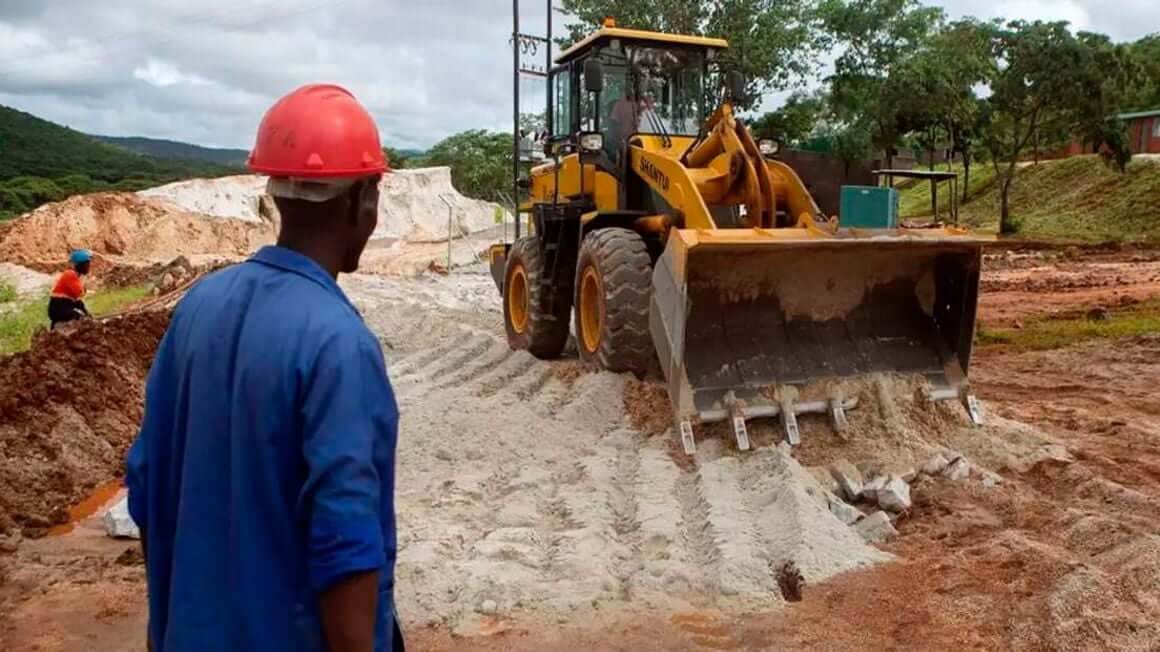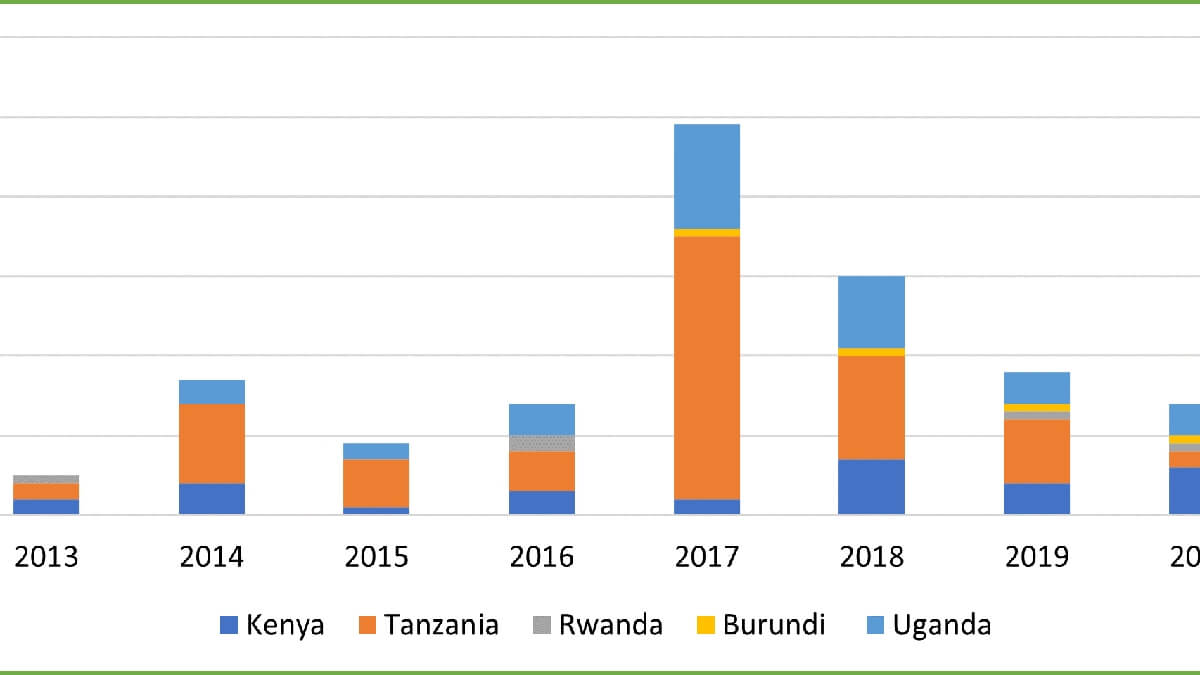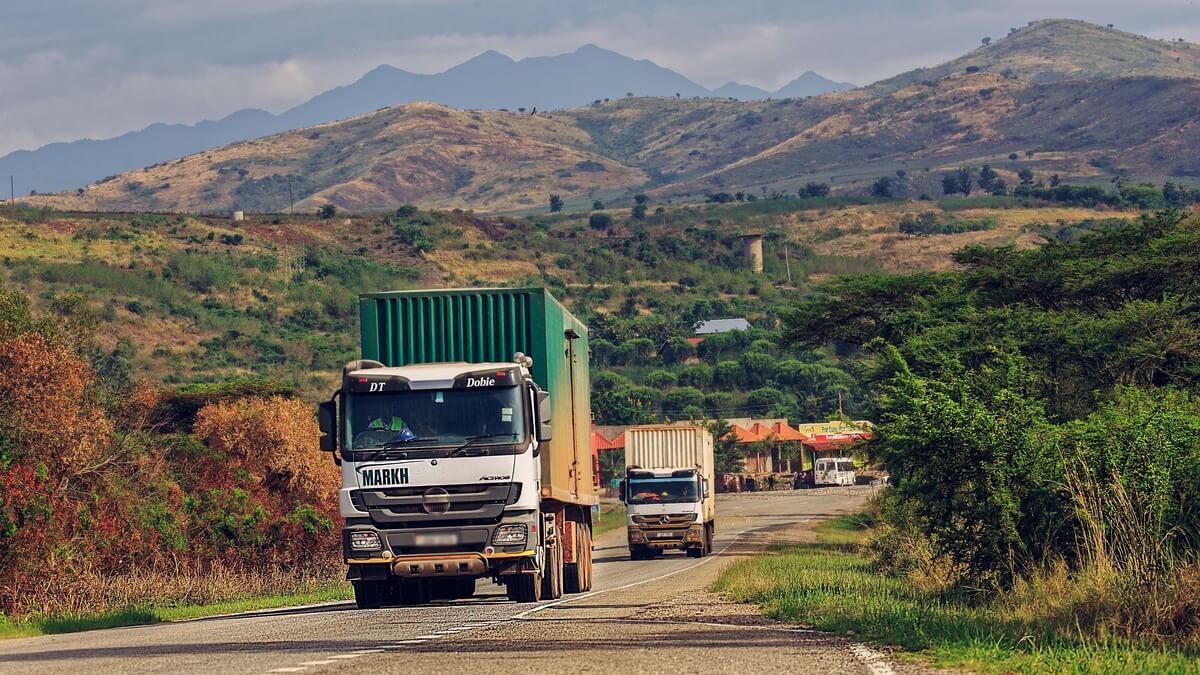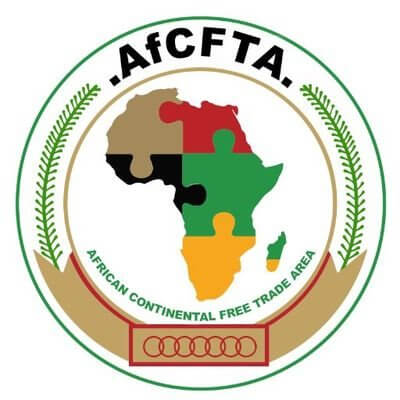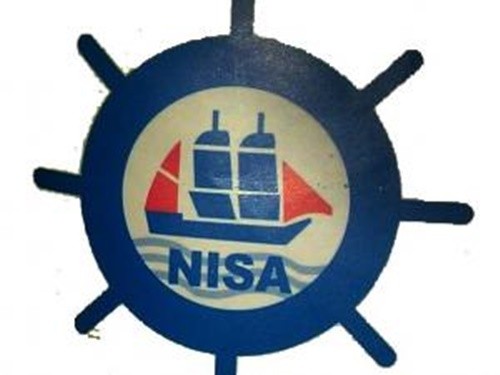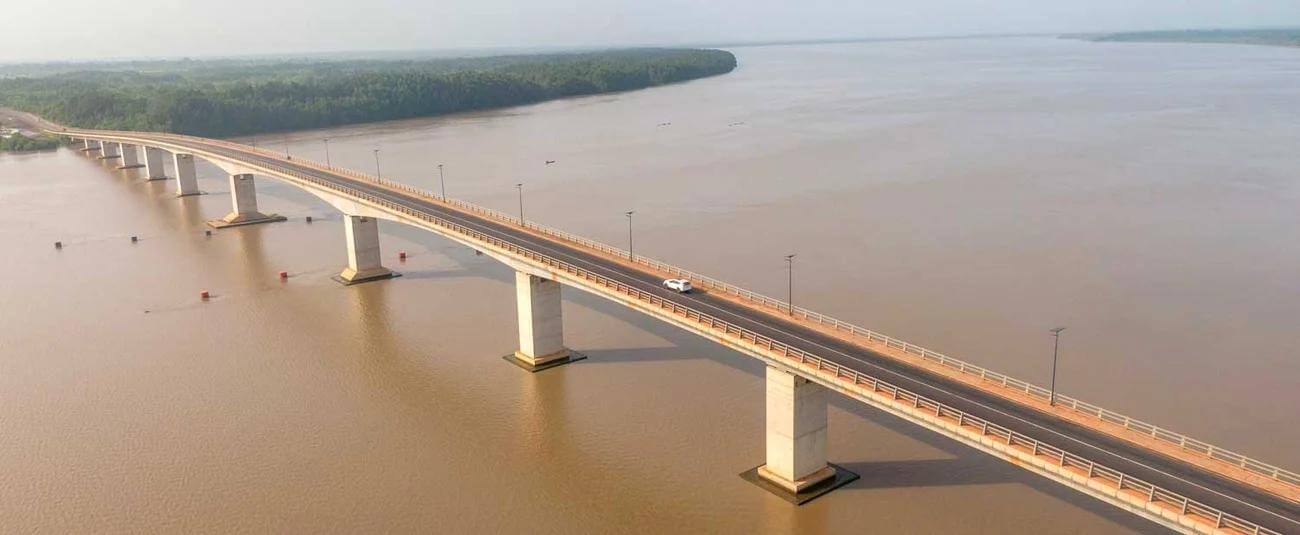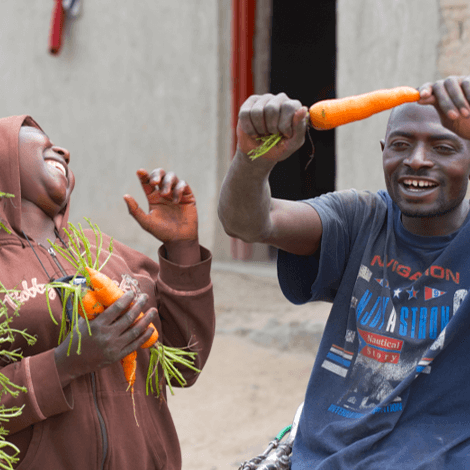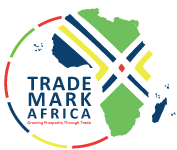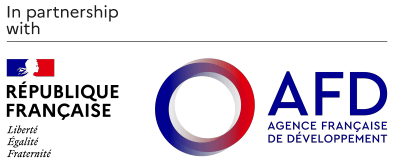When the European Union (EU) and the United States of America (US) announced their collaboration by signing a joint communique in September 2023 to construct Africa's inaugural transcontinental Lubito trade corridor, it symbolised a pivotal moment in Africa's economic journey. Should this venture succeed, it will span the mineral-rich Angola, the Democratic Republic of Congo (DRC), and Zambia. The region's strategic significance extends to the supply of other critical minerals such as lithium, copper, manganese and coltan. The new infrastructure is poised to play a pivotal role in collecting these minerals, which are crucial for producing electric vehicles, wind turbines, and computers. Thus, transforming it into a robust regional economic community comprising 16 Member States, it also promises to revolutionise the entire Southern African Development Community (SADC) region, calling for a clear strategy that can be used to support the local value additions. Reflecting on the growing desire among African countries, particularly those rich in raw materials, to move away from traditional exports and foster local job creation, the project holds the potential to transform the Southern African Development Community (SADC) into a robust economic hub and foster regional competitiveness. As the corridor unfolds, its broader implications for harmonising regulations and propelling the Africa Continental Free Trade Area (AfCFTA) also underscores the importance of a comprehensive continental infrastructure roadmap. Currently, Africa stands at a crossroads, and with strategic partnerships and inclusive development, it can redefine its narrative, offering a brighter future for its youth and becoming a global exemplar of...
Way to Africa’s economic rebirth
Posted on: December 7, 2023
Posted on: December 7, 2023

